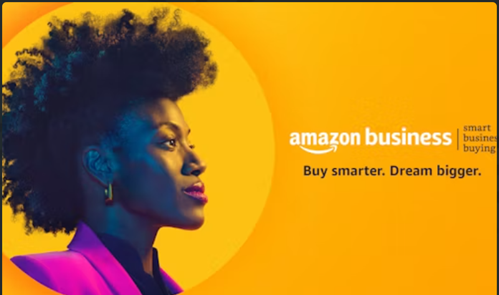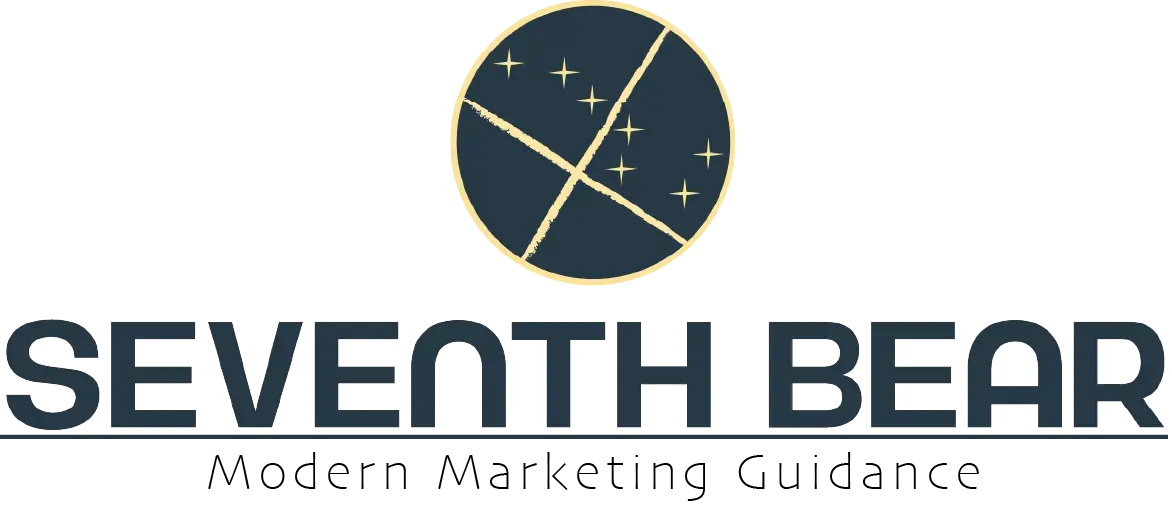Is Reach and Frequency dead? For two decades, we’ve been ghostwriting Google’s profits—and now AI is remixing our work into traffic black holes.
And we marketers have cycled through all five stages of the Kübler-Ross grief model as a result:
- Denial: In the early 2000s, we thought, “It can’t hurt us. It’ll help.”
- Anger: Around 2005, we cried, “How dare they monetize our work?”
- Bargaining: In 2010, we asked, “What do we need to pay to stay visible?”
- Depression: In 2015, we questioned, “Are we just feeding the algorithm now?”
- Acceptance: By 2020, we figured, “Well, this is just how everything works now.”
Guess what? The cycle’s starting all over again thanks to AI.
Just a few months ago, Cloudflare CEO Matthew Prince shared a statistic that should hit every marketer like a cold splash of water: In 2025, it takes 15 Google crawls to generate a single visitor, up from just 0.5 a decade ago.
That’s a 30x drop in efficiency. Even worse, OpenAI scrapes roughly 1,500 pages for every one visitor it sends back.
These stats signal two big bummers when it comes to the classic marketing elements of reach and frequency.
- Reach no longer guarantees attention or trackable engagement.
- Frequency, when paid for by impressions or clicks, will likely deliver diminishing returns.
So, marketers cast wider nets, but they still increasingly fade from view. Cue a fresh wave of denial and anger.
Before we head right back into bargaining, let’s revisit reach and frequency with 2025’s realities in mind.
Because if marketers don’t evolve, we risk becoming invisible in plain sight.
Let’s start with the basics.
Reach and frequency revisited (but not retired)
Reach is, of course, the quantity of people who see your message. Frequency is how often they see it.
Traditional marketing logic was simple: Cast your net as wide as your budget allows (reach), then repeat the message just enough times (frequency) to make it memorable without overspending on diminishing returns.
It’s a simple equation: Reach is value, frequency is cost. You can tinker with either or both to optimize your marketing (better, more qualified reach, and smarter, more efficient ways to manage frequency).
In the golden age of mass media, this was a reasonably elegant system. A national TV buy or print placement delivered instant reach. A few airings across dayparts or issues, and you had frequency.
The holy grail? Creating a moment so culturally magnetic that you didn’t need repetition at all.
Look back at Apple’s 1984 Super Bowl ad for an example. It aired only once, but that was enough to earn a permanent place in marketing history.
It achieved the pinnacle of reach and frequency: broad reach, high impact, and minimal need for repetition.
But, somewhere along the digital road, the marketing aspiration shifted.
The new challenge of reach and frequency
Marketers now optimize for attention by the second rather than memory by design. When the 1984 ad aired, many considered it an unhinged piece of content.
But that ad meant more than one Super Bowl moment. It marked the intentional beginning of a brand story that played out for decades.
“Think Different” became a narrative platform that Apple returned to again and again; 1984 was just one episode. That’s why people cite the ad as one of the greatest in history. People don’t remember it for the moment it won, but for what it signified in the context of the long view.
Compare that impact to something like American Eagle’s recent ad featuring Sydney Sweeney.
Sure, the ad spiked attention for better or worse. But is it building anything for the long term?
Some brands are still doing the long game work quietly and consistently. They’re building reach in smaller, more strategic pockets. They’re designing frequency around audience needs rather than platform rules.
For example, Amazon Business’s “Buy Smarter, Dream Bigger” campaign, launched in 2022, continues to build quiet momentum.

Rather than chasing buzz, it focuses on earning trust — especially among procurement professionals who still associate Amazon more with home deliveries than with strategic sourcing.
The campaign speaks in fun and specific ways to a wide range of industries and roles through warm, segment-specific content. The work doesn’t trend. It doesn’t go viral. But it works. And over time, it builds real equity.
The loudest marketing isn’t always the most effective. And the most effective marketing isn’t always loud.
Today, many marketers have traded intentional frequency for accidental exposure. They’re trying to game the number of accidents by increasing the volume of both quantity and quality of content.
The result? They’re playing a game they don’t control, chasing metrics they barely trust, hoping for a hit that might vanish before Monday.
What does marketing skill even mean?
Marketers are overwhelmed by the sheer volume of upskilling necessary to keep up with changes today.
Many are training to automate the volume of creativity (the new idea of reach) or to outsmart the frequency of AI-Generated Search Results, social media’s engagement levers, or personalized ad platforms.
No marketer ever needed a crash course in how television signals worked or how newspapers got delivered. But now, marketing feels like a breathless sprint to keep up with the architecture of distribution.
And it’s not to help them craft better stories or ways to create cultural moments. It’s because they’re desperate for new ways to make sure those stories get seen.
So, what do brands end up doing? They escalate for performance attention.
This is what gives rise to:
- Clickbait headlines from once-respected newsrooms
- Unhinged brand videos masquerading as memes
- Fast-fashion brands faking sustainability for likes
- Fast-food chains picking fights on Twitter
- Shock-value creative designed only to provoke reactions
- AI-generated influencers with no actual products to sell
And all of this is in service of staying visible even if the substance erodes quickly. In this new system, any attention feels like a win, and no attention feels like irrelevance.
But what can you do? I believe the answer lies in redefining your approach to reach and frequency.
How to reframe reach and frequency for 2025 (and beyond)
What should a reach and frequency strategy look like in this new era?
Reach isn’t about “how many,” it’s about how well you belong
Old mindset: Maximize exposure.
Evolved mindset: Balance broad awareness with deep community credibility.
What to do now:
Rethink mass media. It’s not the end, but the entry point. Large-scale awareness campaigns still play a vital role, but only if they lead to localized engagement with relevance.
Inhabit, don’t interrupt. Identify the communities where your audience spends time (Slack groups, Substacks, niche podcasts, Reddit threads, etc.). Tailor your messages to deserve to be there. Don’t just resize your mass campaign. Rewrite it.
Design campaigns with tiered narrative architecture. Tier 1 is the broad “why this matters” story (your cultural relevance). Tier 2 adds tailored messages that adapt this story to community values and context. Tier 3 includes participatory content or tools that invite deeper engagement (Q&As, guides, prompts, responses).
This requires spending significantly more time on content ideation and creation. But it builds real reach that starts wide and sinks in deep over time.
Frequency isn’t about repetition; it’s about narrative velocity
Old mindset: Repeat until remembered.
Evolved mindset: Advance the story before attention fades.
What to do now:
Design your campaign like a show, not a slogan. If your audience sees your first message, they’ll expect a second. Plan your “episodes” before you go live. Don’t just have a single message and a bunch of resized formats. Have a sequenced narrative that builds meaning with every interaction.
Replace generic touchpoints with meaningful progression. Frequency should feel like forward movement, not loops. Ask: “What’s the best next thing for them to engage with?” Then, deliver it.
Use buyer behavior as cues for where they are in the story. Don’t deliver episode 1 to someone who’s already ready for episode 5. Let readiness (not your marketing calendar) drive the rhythm.
Frequency today isn’t about reminding your audience that you exist. It’s about rewarding people for paying attention.
Content is more than a campaign
Old mindset: Content supports campaigns.
Evolved mindset: Content is the product your audience hires to help them move forward.
What to do now:
Treat your content library like a product portfolio. Each asset (whether article, ad, video, post, or podcast) should have a clear purpose, a clear audience, and a measurable value. Ask: “What job is this piece here to do?”
Design for discoverability and meaning. You’re not just teaching the algorithms where your content is; you’re teaching them what it means. Use metadata, internal linking, summaries, schema, and descriptive labeling to give your content context and longevity.
Customize how the “product” shows up across channels. Just as good product design tailors features to different user needs, good content strategy adapts messages for different discovery paths:
- Organic: Optimize for search intent, depth, and clarity.
- Social: Focus on conversation worthiness and native storytelling.
- Paid: Lead with value, not just clicks.
In a content deluge, what earns repeat attention is the stuff that delivers actual value.
Clickbait burns trust. Real value builds it.
Stirred not shaken
Maybe reach and frequency don’t need reinvention. Maybe marketers just need to remember what reach and frequency were always meant to do: Build brands with meaning.
When your content is scraped, your stories are shortened, and your visibility is filtered through invisible machines, the most strategic thing you can do is to show up with purpose.
Not louder. Just clearer. Not everywhere. Just where it matters. And not once, but with a narrative built to last. So, if you want your marketing to be stirring, not scraped, stop chasing moments and start designing momentum.
It’s your story. Tell it well.





